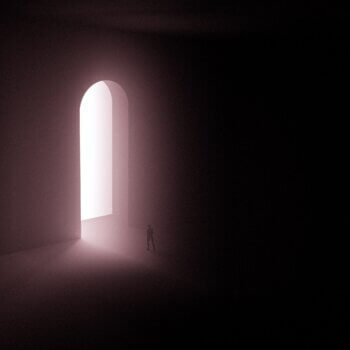Key Takeaways:
- Going electric would reduce the aviation sector’s considerable contribution to air and noise pollution, but its importance to the economies of so many countries, and the huge subsidies it therefore receives, means it has little incentive to decarbonize.
- What is needed for electric aviation to take off?
- The fundamental problem is the weight of the batteries, although work is being done on technologies, such as lithium-sulfur, that can make them considerably lighter.
- Other airlines, such as Mesa Air and Finnair, have also placed orders with the company.
- Large electric drones are being designed for cargo transport, along with aerotaxis, with companies like Archer Aviation, Kitty Hawk or Germany’s Volocopter leading the way, but there are many more that see a future in electric aviation.
- Nevertheless, electric light aviation and cargo flights will make a major contribution to decarbonizing an industry whose contribution to carbon dioxide emissions, estimated at one billion tons per year, has been unsustainable for too long.
Going electric would reduce the aviation sector’s considerable contribution to air and noise pollution, but its importance to the economies of so many countries, and the huge subsidies it therefore receives, means it has little incentive to decarbonize.
Sweden, Denmark and Norway, countries whose geography make them dependent on domestic flights, are already testing small electric planes for these routes, and have set the date for all internal routes to be electric by 2030 in the case of Sweden and Denmark, and 2040 in Norway.
Rolls-Royce, a major player in the aviation world, has been working for some time now on high-speed prototypes capable of trans-European flights as part of a UK government initiative called ACCEL (Accelerating the Electrification of Flight); there are also other companies working on similar projects.
What is needed for electric aviation to take off? The fundamental problem is the weight of the batteries, although work is being done on technologies, such as lithium-sulfur, that can make them considerably lighter. This progress is prompting more and more talk about the possibility that electric aviation is closer than originally thought, with companies such as United and EasyJet among the pioneers, planning routes for 2026: United has ordered one hundred 19-seat aircraft from Swedish company Heart Aerospace. Other airlines, such as Mesa Air and Finnair, have also placed orders with the company.
Large electric drones are being designed for cargo transport, along with aerotaxis, with companies like Archer Aviation, Kitty Hawk or Germany’s Volocopter leading the way, but there are many more that see a future in electric aviation.
For the moment, long-haul flights are beyond the reach of battery-powered aircraft; the current ratio of weight and battery life means this will have to wait until hydrogen technology improves.
Nevertheless, electric light aviation and cargo flights will make a major contribution to decarbonizing an industry whose contribution to carbon dioxide emissions, estimated at one billion tons per year, has been unsustainable for too long.





























